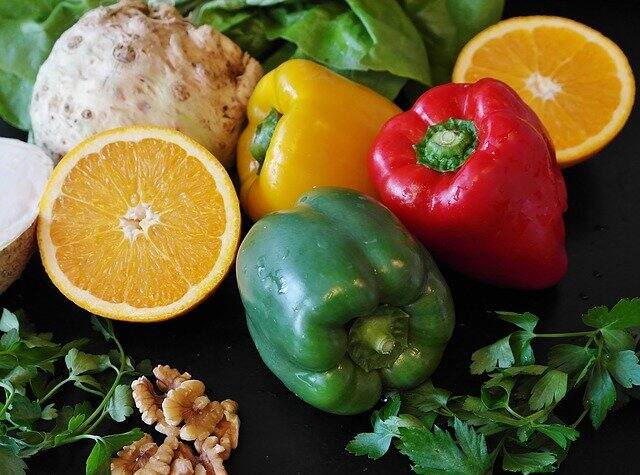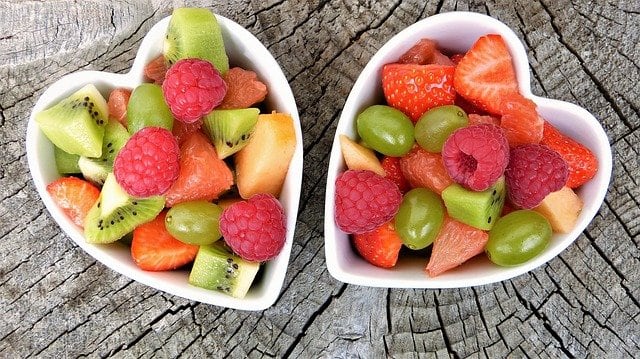New Delhi: Do you struggle with cramps when that time of the month is when you are on your period? Well, ladies, you are not alone. According to a study conducted by the National Center for Biotechnology Information (NCBI), 84.1 percent of women reported menstrual pain, of which 43.1 percent reported that they experienced pain during each period. While mild and moderate pain is normal, if you experience extreme pain, consult a doctor immediately.
Painful period cramps are medically referred to as “dysmenorrhea” and are triggered by the release of prostaglandins that cause the uterus to contract and thin out the endometrial lining that is not crowned by the embedding of a fertilized egg. It can be controlled by taking supplements and proper diet.
Food coach and nutritionist Anupama Menon says, “There are certain nutrients whose deficiency can lead to premenstrual and menstrual cramps – such as magnesium, vitamin E and vitamin D.”
He further added, “Vitamin E helps in increasing the blood flow to the uterus which goes a long way in pain management. B-complex vitamins containing B1 and B3 can give relief from period cramps. Anupama though be careful It is important to consult a nutritionist before adding dietary supplements to your diet.
But you can make easy changes in your eating habits to manage period cramps.
Eating right is important for a pain-free period to improve blood flow and avoid deficiencies in important nutrients that keep the uterus healthy.
Nutritionist Anupama Menon lists the following foods to manage period cramps:
Nuts and Seeds: Nuts and seeds are king! Almonds, peanuts, flaxseed, sesame and pumpkin seeds provide vitamin E, B-complex vitamins and omega 3. So go ahead and have a mixed handful of these daily.
Vegetables and Fruits: Flavonoids (pigments in fruits and vegetables) can reduce dysmenorrhea by up to 50 percent. So add a variety of colors to your vegetable tray and fruit basket. Check out some tips:
- Green: Dark green leafy vegetables like spinach, kale, cabbage, beet greens, broccoli, fenugreek, green apples, avocado, green grapes.
- Red: Tomato, paprika, beet, radish, apple, strawberry, cherry.
- Yellow: Corn, squash, yellow pepper, pumpkin, pineapple, star fruit.
- Orange: Sweet potato, squash, carrot, papaya, orange, mango.
- Purple: Beetroot, blueberry, eggplant, red cabbage, fig.
In addition to these foods, tofu, soy milk, wheat germ, legumes (which contain iron and fiber), salmon, oatmeal, nutritional yeast, liver, tuna and mushrooms can provide a mix of these nutrients that can help manage dysmenorrhea. We do.
Foods to Avoid for Period Cramps
Just as it is important to include certain foods in your diet, it is important to moderately or excessively reduce your intake of certain inflammatory foods such as sugar, alcohol, caffeine, processed and fatty foods that may significantly add to the pain quotient. can.

Eating extra sugar can give you instant sugar which gives an increase in energy and post-crash. This can spoil your mood. Caffeine and alcohol can cause water retention, bloating and dehydration.
.


